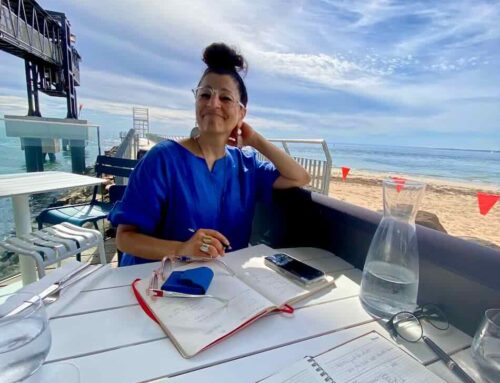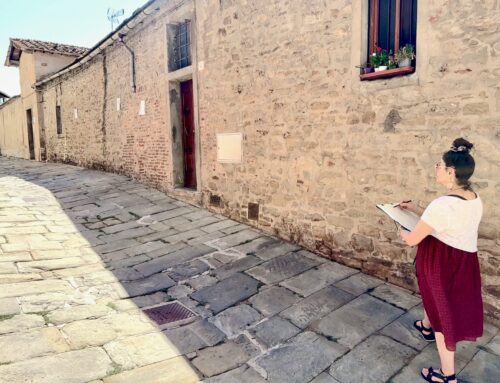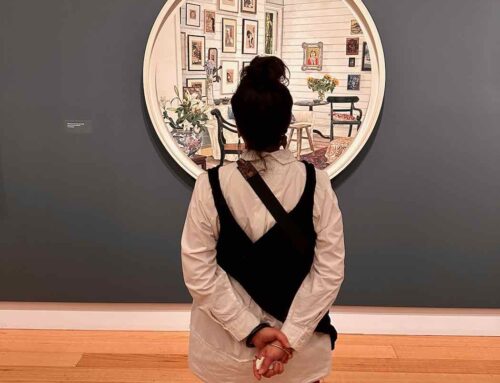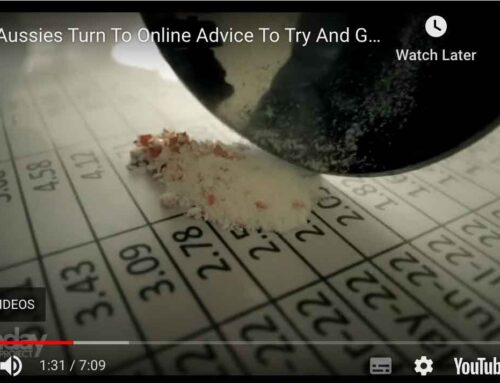by Soula Mantalvanos
My pain began in 2007 when a fitness ball I was sitting on burst and I dropped onto a concrete floor. The pelvic pain that began then, I still have today: a gnawing, itching, toothache like, burning pain that causes weakness to my legs and leaves me unable to lift more than a couple of kilos or sit without constant pain.
The pain worsens after any of this activity and seems to gather in a sensory flare throughout my lower spine when I go to bed. It’s unbearable.
I had many treatments, including the removal of a pelvic recto/vaginal septum. This restored my ability to at least shower barefoot and bury the hellish feeling of having my finger stuck in an electric socket whenever I hear a loud noise or am near vibrations.
But I only shed one layer of my great onion of pain. I had not been diagnosed yet and felt lost.
I had cortisone injections to my coccyx and sacroiliac joints, giving me three days of complete pain relief, which was labeled progress. I learned what’s meant by “diagnostic injections”. I also learned that I had neuropathic pain, not “mechanical” pain. My “mechanical” surgeon then referred me to a neurosurgeon.
I begged my neurosurgeon to do anything, even to chop my coccyx off. But after getting opinions from other surgeons, he suggested not to go the invasive path as we had the option for an implant called a peripheral stimulator, a treatment that was reversible. It made more sense.
The implant was incredibly effective for my pain levels but the trick was not to increase my capacity beyond my limitations. The implant provided and continues to provide pain relief so I can have a better quality of life. I was able to sleep again, read, concentrate more, listen and think for longer periods without the pain breaking my concentration as often.
I look at my implant as having chiseled the glacier of pain, leaving me with many smaller pieces that I can tackle, piece by smaller piece. The thinking ability the implant restored also ended up leading to my diagnosis as I was able to research and seek more treatment. That diagnosis is Pudendal Neuralgia, a carpal tunnel like issue in the pelvis.
Given my pain was in the pelvis and shooting down, the two leads I required were sufficiently placed in the peripheral area. Each lead has eight points of stimulation and sit around the sacrum and right side of the coccyx where the pain mainly is.
As you can see from the image, the device is in my left buttock. I have many programs that I use to prevent the pain signal from travelling to my brain. I operate the unit with a controller and also use a small but powerful magnet that I swipe over where the device sits in my body.
I was implanted in 2011 and have made more progress with this pelvic chronic pain. I have learned the battle to cope with pain doesn’t stop with one effective treatment. My paced approach towards further treatment and daily living has provided me much more quality of life, and although the issue is still very restrictive, I am managing.
I am able to express this pain journey through art and even self-published a book, “Art & Chronic Pain – A Self Portrait”. I don’t underestimate my creative gift and believe it is my best coping mechanism of all.
Soula Mantalvanos lives in Victoria, Australia. Soula writes about her pain on pudendalnerve.com.au, where she tries to raise awareness about Pudendal Neuralgia through her words and drawings. She recently presented her story at AIM Pain 2014 in Sydney, Australia.
National Pain Report invites other readers to share their stories with us.
Send them to editor@nationalpainreport.com
The information in this column is not intended to be considered as professional medical advice, diagnosis or treatment. Only your doctor can do that! It is for informational purposes only and represents the author’s personal experiences and opinions alone. It does not inherently or expressly reflect the views, opinions and/or positions of National Pain Report or Microcast Media.










I’m suffering terribly and have to fly to Sydney for a diagnosis from the Doctors at WHRIA and then hopefully a follow up injection.Anything to give me some kind of relief even for a few nights sleep..How long does it take to get an injection after diagnosis?
Kind regards to you Soula..
I hear you Pat, that’s very sad. Don’t lose hope…
I understand as I am in constant pain and yet have to beg for pain medication. On top of PN I have spinal cord injury! Feel like I am treated as a drug seeker! I also, when I go to bed am in agony! You have such faith and hope! I am losing mine!!!!!! Pat